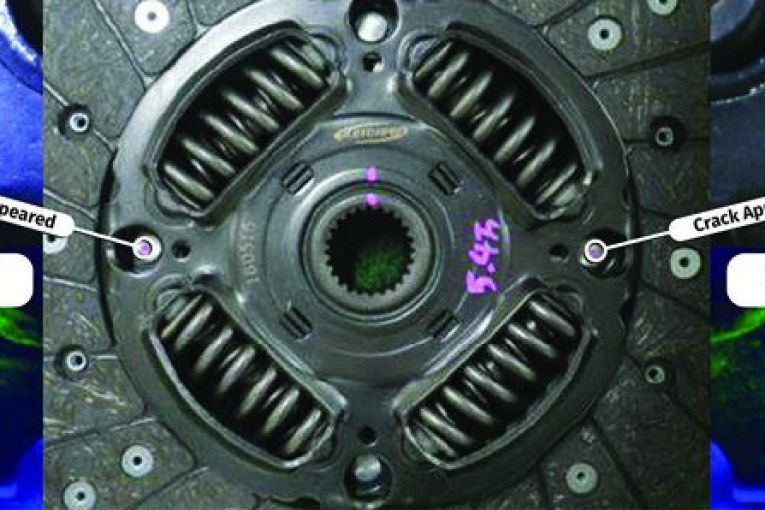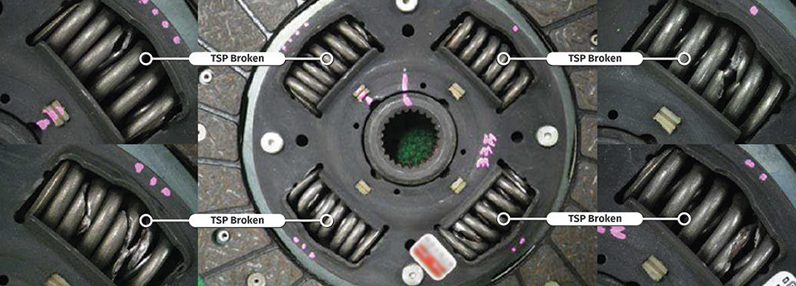
What’s the difference between OE and ‘OE quality’? According to Exedy, there shouldn’t be any difference at all, but this is unfortunately not always the case. Here, the clutch specialist explains more.
Many brands are making some quite bold claims regarding the ‘OE quality’ of their product, whilst not actually providing any OE products to any vehicle manufacturers whatsoever. Claiming that something is of ‘OE quality’ has become quite a common statement within the industry, almost to the point of overuse.
It’s not necessarily always a false statement, of course, but surely the originators of such claims will test their products to exacting OE quality standards in order to make these statements? Unfortunately for the consumer, and the garage, the answer is no.
Furthermore, Exedy has uncovered products advertised as ‘uprated’ or ‘above OE spec’, which don’t even adhere to the quality standards and specifications required by the standard OE components.
These trends in the market prompted Exedy to put some of its competitors’ claims and their products to the test. The same stringent tests that the company conducts on all of its own products before, during and after their development were carried out, and the results make for very interesting reading.
Example one – standard aftermarket product
A Nissan Navara D40 2.5 clutch disc was subjected to Exedy’s torsional rigidity test, which ensures the normal operating strength of the Exedy manufactured product for three million cycles (equating to 100,000km.). The competitor product failed after just 54,000 cycles. This could quite easily translate to a premature clutch failure at just over 3,000km of use (see below).

For the same vehicle, the pressure plate tests revealed further problems with the competitor product. Wear-in load decreased by 43.6%, leading to loss of clamping force, particularly in the early stages of use, which will result in increased pedal effort, clutch judder and difficulty changing gears.
Example two – sports/uprated product
Performance companies don’t necessarily brand themselves as ‘OE quality’. In fact, they brand their products to be capable of handling much more than the OE clutch. As a consumer, the bare minimum expectation for a performance clutch is that it can hold up to the same tests as its OE counterpart. In this example, a Subaru Impreza WRX 5 Speed organic clutch disc was subjected to Exedy’s torsional rigidity test. After just 330,000 cycles, the competitor disc was broken in four places. This means a clutch failure after just 11,000km of use (see below).

For this same vehicle, the pressure plate results revealed a similar lack of quality and functionality. Wear-in load decreased by 16.9%, resulting in shortened clutch life, premature clutch slip and increased pedal effort. The company also tested another alternative brand for the same vehicle which was not capable of withstanding the torque from a standard vehicle, despite being marketed and sold as an uprated/sports kit intended for fast road use in moderately tuned vehicles.
So, what does this mean in everyday language? The term ‘OE quality’ is being widely misused in the market. Certain brands are making claims about their products which they simply cannot support. Consumers and garages are being misled and misguided into purchasing clutch products which are not as durable as the OE clutch. With the temptation of cheaper pricing, it can be easy to fall into the trap created by these inferior products.









